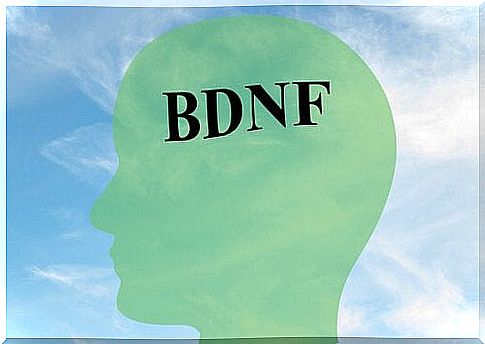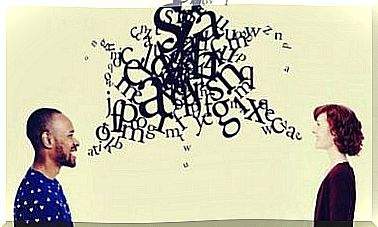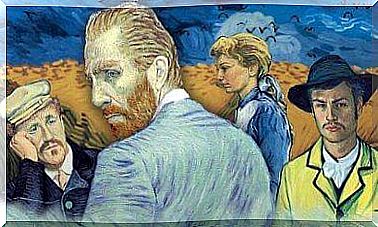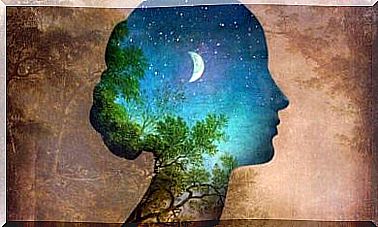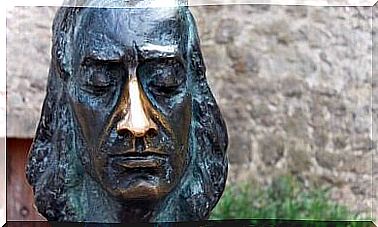Cells, Study Finds, Emit Light Before Dying
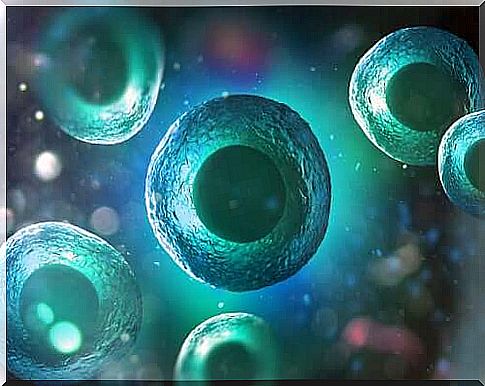
German scientist FA Popp and his collaborators accidentally discovered more than 30 years ago that cells emit light before they die. This observation, as enigmatic as it is elegant, would take years to be corroborated. It nevertheless offered a particular description of the properties of the human cell which, in the same postulate, succeeded in caressing the popular imagination. And to face head-on the scientific skepticism of the time.
According to the scientist, such a poetic phenomenon reflects the trend programmed human cells to emit light radiation ultra low – up of what appellait of biophotons – with an intensity exponentially more important than usual, during ‘re moments before stopping their vital functions.
This capacity is not only observable in the last moments of the cell’s existence. For Popp, a faithful follower of the work of Russian A. Gurwitsch, every multicellular living being emits a light which, hypothetically, plays an important role in intercellular communication.
This type of communication is essential for the coordinated work of the different functions of the cell. It is also articulated through a language of regularities and irregularities in the light emissions generated.
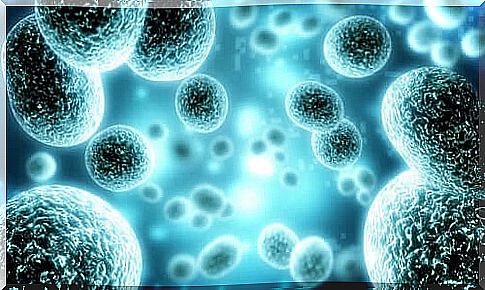
The first conclusions issued by the German scientist thus echoed in the field of health. His vision assumed that the quantity and characteristics of these biophotonic irradiations show a statistical correlation with the state of health of the organism in general. And the human body in particular.
This concept underpinned the narrative, vehemently and controversially defended by this scientist, that the more chaotic the emission of light units, the more it would allow the identification of different human diseases. This particular perspective still lacks scientifically reliable validation.
It is true that such approaches inherent in human health have not received any official endorsement or recognized clinical application. It has however been shown that this cell biolumineuse issue involved, somehow, in the process of transmitting information between cells.
Scientist S. Mayburov is responsible for this scientific concordance between light and cell biology. He published his research in the technology journal of the Massachusetts Institute of Technology (MIT).
Cells emit light: how is this possible?
An obvious reality is that living cells receive sunlight. They then store it by bringing together their constituent units: the photons. The phenomenon of photosynthesis could not exist otherwise. So that the plants could not obtain energy for their subsistence.
The lack of breathable oxygen would be incompatible with animal life on a planet without plants. Without photons, we simply wouldn’t be here.
An “ Einsteinian” principle considers that matter does not destroy itself and that it only transforms. So it is logical to think that the appropriation of photons by the cell – for the performance of its functions and the conservation of its constituent parts – generates the reuse of this light energy and the spontaneous loss, as occurs in any thermodynamic system, portions of this energy. It is therefore not unreasonable to think of the perfect normality of a cell emitting so much light.
Consistent with the above, Nobel Laureate A. Szent-Györgyi – renowned 20th-century Hungarian physiologist – theorized that energy, however essential for life on Earth, is not mere currency. exchange in all functions and cellular processes. It is, on the contrary, in an inalienable manner, necessary for maintaining the structure of cells.
This energy, in its most primitive and precursor variant, is precisely the energy which arises in the form of light radiation from the largest of sources. Namely the Sun.
The poetry according to which the cell offers its light before dying
Popp himself has suggested, based on his knowledge of cells under stress, that this action of rapid and intense rejection of their luminescent content in the moments before death responds to a precise mechanism. That of rebalancing the cellular environment.
The cell would explosively shed its photon charge before ceasing to exist. It would thus try to enrich its external environment and diffuse energetic components that can still be useful. According to Popp, the fact that cells emit light responds to a mechanism that rebalances the cellular environment.
Setting aside molecular considerations, here we catch a glimpse of a metaphor that mirrors, almost specularly, the same explosion of those old, overexploited stars that we know as supernovae. The supernovae emit a huge amount of light radiation in gravitationally collapsing in the last instance of their existence as a star. We consider this phenomenon from our laboratories as an eternal radiation.
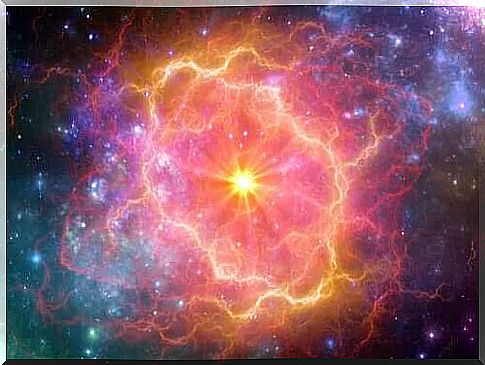
And this explosion also serves to make the galactic environment a richer one. To give it back the atoms that decided to attract each other millions of years ago to form a nascent star. These atoms will be part of other new stars. Likewise, the energy of the cell will constitute the energy of many others.
Perhaps the two phenomena are the expression of the same law of the Universe which operates on such different scales. P erhaps that the smallest is a reflection of the larger, and vice versa .
It is true that we know little about the reality. However, we must thank science which sometimes speaks poetically to us.
